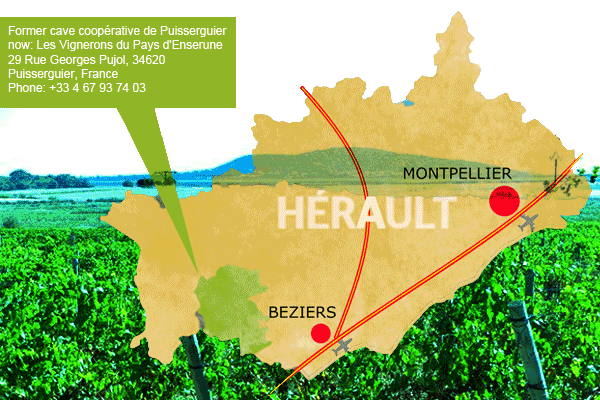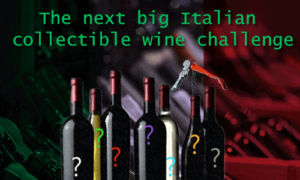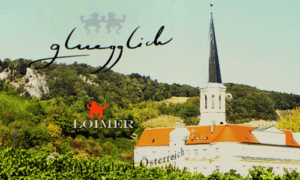Le Pinada or how to decode the tricky personality of the Marsanne grape
Resolutely Meditteranean
It is the story of the origin that matters here. The vineyards of Puisserguier are surrounded by “Garrigues”. This “je ne sais quoi” gives the Marsanne grape its gentle, fruity expression in Le Pinada Marsanne IGP Pays D’Oc 2018.

So that is that. I wanted to write about a Marsanne wine. 100% Marsanne wines are not easy to find. Le Pinada Marsanne surprised me. Le Pinada has a pleasant, slightly floral, nose full of white fruit, peach, pear and sweet lemon, also some acacia. On the palate, the wine is fresh, juicy, generous, pleasantly dry, fruity, with a touch of almondy bitterness in the finish.

Cave coopérative de Puisserguier got it right with this wine
It is the story of the origin that matters here. Le Pinada 2018 IGP Pays D’Oc is a gentle expression of a Marsanne coming from the rugged, stoney soils of Hérault, in the Languedoc-Roussillon wine region.
Marsanne can be a tricky grape to grow
A winemaker has to walk a fine line to find the right balance between acidity and ripeness. This leaves only a narrow window for harvest. Done right, Marsanne possesses a sly acidity, ripe fruit flavours, plus enough structure and weight to become an age-worthy, complex wine. Left too long on the vine, Marsanne can easy over ripen, gain in alcohol, and lose its acidity levels. Resulting in a flabby wine. Picked too early herbaceous, vegetal aromas can prevail.
The grapes for the Le Pinada wines are picked at night to preserve the freshness. Fermentation is carried out at a low temperature so that the fruit aromas remain optimally present in the wine. After fermentation, the wine remains on the lie, the dead yeast cells, for another 2 months to gain complexity.

A few decennia ago, producers of the village of Puisserguier suffered from the effects of overproduction. This was not at the time uncommon. Languedoc-Roussillon was mostly known for the production of large quantities of bulk wine of acceptable quality.
Stories like these, have been told often
Faced with periodic difficulties to sell their wines in an increasingly competitive market, producers in the Languedoc-Roussillon long ago learned to organize themselves into cooperatives. The Puisserguier cooperative was founded in 1936. Faced with a decline in wine consumption, more international competition, and the growing demand for higher quality wines, the future looked bleak.
The producers were so reliant on poor sales that they tended to disregard the fall in prices and the change in consumer taste. Grubbing out old vines and distilling the oversupply with EU subsidies only temporarily eased the crisis. The whole situation demanded a radical change.

Innovation, a new generation, quality improvement and modern marketing
About 20 years ago, the Puisserguier cooperative started to innovate vigorously by reorganizing vineyards, replanting varieties and improving their wine production methods. Several grape varieties from elsewhere in France were planted, such as Sauvignon Blanc, Chardonnay and Merlot. The wine quality increased significantly, and modern marketing put Puisserguier’s wines on the wine map.
Joint ventures
Located in the department of Hérault, about 20 km west of Béziers, the ‘Cave coopérative de Puisserguier’ is a partner of Trois Terroirs, a joint venture of 5 cooperatives. Trois refers to the three different soil types in the area, slate, limestone/clay and sandstone/marl. The climate is Mediterranean, defined by generous sunshine, and cooling winds from the sea. There are other changes too. Les vignerons de Puisserguier joined the Vignerons du Pays d’Ensérune.
The vines are cultivated on low lands near the sea, or on hilly, rugged vineyards slightly inland characterized by “Garrigues”. In wine terms, Garrigues stands for aromas found in wine such as thyme, lavender, juniper, rosemary, and oregano. Garrigue translates as a scrub in French and means wild-growing aromatic underbrush and scrubs coming from the rugged limestone soils found in Southern France.


